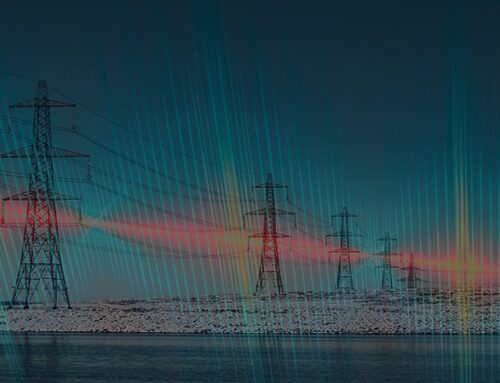In my last post I commented on the impact low nuclear output in France could have on the UK electricity market, noting that if the interconnector switches to export mode, there would be a 4 GW net effect on UK capacity margins. Since then we have seen the news that due to damage sustained during recent storms, half of IFA’s capacity will be unavailable this winter.
The Interconnexion France-Angleterre (IFA) between Folkestone and Calais is Britain’s biggest interconnector. National Grid has confirmed that four of IFA’s eight cables have been damaged, at a location approximately 3 miles off the coast in waters about 65 feet deep. These cables are heavily armoured and buried in the seabed, so this sort of damage is unexpected….there is some speculation that the cause was a ship dropping anchor during Storm Angus.
National Grid’s determination of the capacity margin for this winter of 1.1%, boosted to 6.6% (3.4 GW) including the Supplementary Balancing Reserve, includes an assumed 2 GW of imports from France. The current outage wipes out the underlying capacity margin and means National Grid will have to reply on SBR and other measures to manage security of supply this winter.
Impact of the outage
According to analysis by Rob Lalor, an analyst with EnAppSys quoted in Power Engineering International, there has been greater variability than usual in interconnector flows so far this winter:
“On the 15th, 17th and 18th of November this activity meant that the system was very short heading into the evening peak with what appeared to be very limited evening margin, between available supply and demand, only for the interconnector to turn from a ~2GW export to France for the day to a ~2GW import across the evening peak; ensuring that France was able to reduce its cost of baseload power across the day and that GB was able to manage a tricky evening demand peak”
“The interconnector has really been acting as a regulating valve, helping contain prices in both regions when there have been shortages and allowing UK generation to benefit from high prices in France and vice versa. The reduction in levels of capacity across this interconnector by 50 per cent will reduce the size of the regulating activity at a time when temporary shortages are becoming more common.”
Interestingly, analysis from the Energy Matters blog suggests that:
“the UK’s interconnectors can be relied on to deliver electricity in the summer and during low-demand periods in the winter when the UK doesn’t need it but not during winter peak demand periods when it does – in fact they usually take it away instead.”
That implies that during UK demand peaks, the capacity margin could be reduced by 4 GW as 2 GW of assumed imports switches to 2 GW of exports. Examining IFA exports against UK electricity demand supports this view with UK exports of power to France coinciding with periods of high demand:

Since the start of this winter, the UK has been consistently exporting to France, as a result of the unusually low availability of the French nuclear fleet.

The treatment of interconnectors from a security of supply perspective is complex. If the high demand in the UK is a result of cold weather patterns across Northern Europe, the demand could be even higher in France, as the French electricity system has a higher degree of temperature sensitivity (due to the widespread use of electric heating, unlike the UK where gas is more common). It is likely that France would need to limit exports and switch to importing in such circumstances, particularly this winter when nuclear availability is so low.
This suggests that including imports from France in the UK capacity margin may be optimistic in periods of high demand, and that in fact the current IFA outage could be positive for the UK’s security of supply this winter.






Leave A Comment